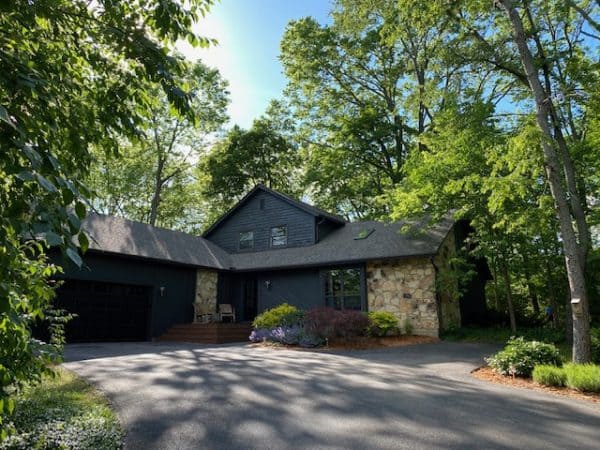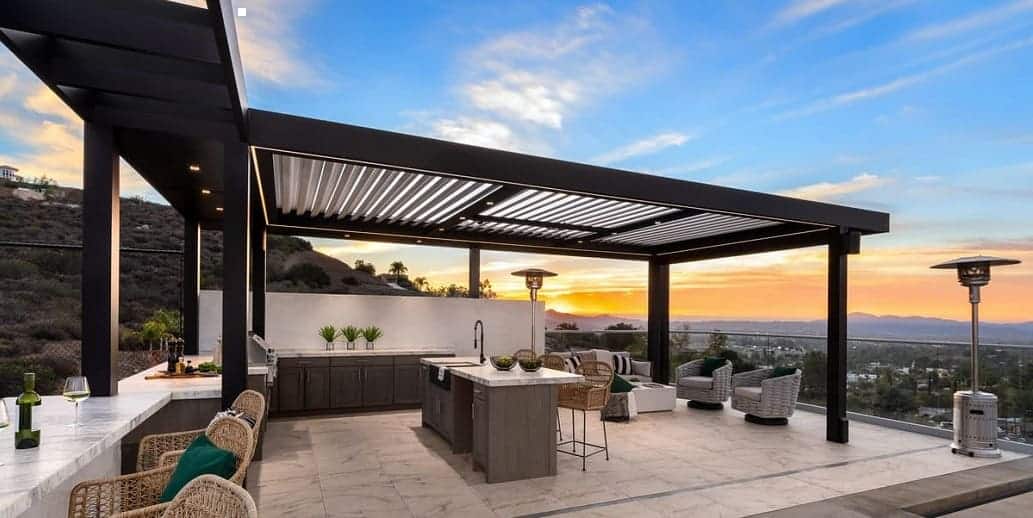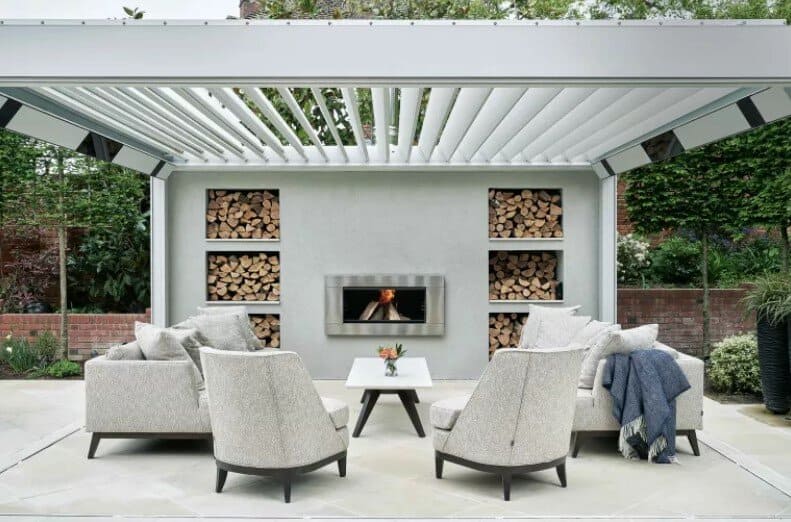Introduction: Barns are iconic structures that evoke a sense of rustic charm and agricultural heritage. While their purpose is functional, their architectural features, including the roof style, contribute significantly to their visual appeal. In this guide, we’ll delve into the diverse array of barn roof styles, from classic to modern, highlighting their unique characteristics and practical considerations.
- Gable Roof:
- The gable roof, also known as a pitched or peaked roof, is one of the most common barn roof styles. It features two sloping sides that meet at a ridge, forming a triangular shape. Gable roofs provide excellent water runoff and snow shedding capabilities, making them popular in regions with heavy precipitation. Their simple design and symmetrical appearance lend a timeless appeal to barn structures
- Hip Roof:
- Hip roofs feature slopes on all four sides that converge at a central ridge, forming a pyramid-like shape. This style offers excellent stability and wind resistance, making it suitable for barns in windy or hurricane-prone areas.
- Monitor Roof:
- The monitor roof, also known as a raised center aisle or clerestory roof, features a central raised section with sloping roofs on either side. Monitor roofs combine functionality with aesthetic appeal, creating striking silhouettes that enhance the visual interest of barn structures.
- Shed Roof:
- Shed roofs, also referred to as single-slope or lean-to roofs, consist of a single sloping plane that slopes downwards from one side of the barn to the other. This simple and cost-effective roof style is often used for smaller barns, equipment sheds, or lean-tos attached to larger structures. Shed roofs provide efficient water runoff and are easy to construct, making them practical choices for agricultural buildings.
- Saltbox Roof:
- The saltbox roof is a variation of the gable roof, featuring asymmetrical slopes with one side longer and steeper than the other. Saltbox roofs offer a distinctive aesthetic and can provide additional space for loft storage or living quarters in barns.
Conclusion: Barn roof styles encompass a diverse range of designs, each with its own unique characteristics and practical considerations. Whether you prefer the classic simplicity of a gable roof or the functional elegance of a gambrel roof, choosing the right roof style can enhance the aesthetic appeal, functionality, and longevity of your barn structure, preserving its timeless charm for generations to come.





